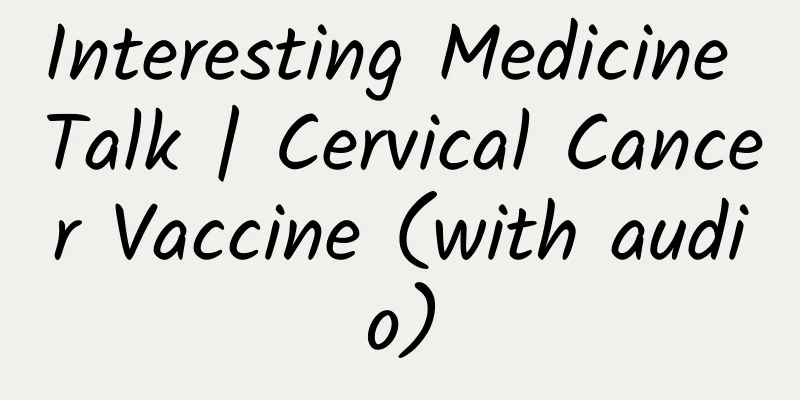Which is better, medical abortion or not?

|
Surgical abortion and medical abortion are two different methods of abortion. You should choose the method that suits you best, so that the harm caused by abortion can be minimized. After all, abortion is very harmful to the bodies of female friends. Abortions should not be performed frequently, otherwise it will lead to infertility in the future. If you are still in the early stages of pregnancy, you can use medical abortion. Is it better to have a medical abortion or a surgical abortion? The advantages of medical abortion are that the method is simple, does not require intrauterine operation, and is non-traumatic. Since the 1990s, drugs for medical abortion have become increasingly sophisticated. The more mature and commonly used methods are mifepristone and prostaglandin, with a complete abortion rate of over 90%. Mechanism of action Mifepristone was first successfully developed by the French company Roussel-Rclaf in the early 1980s and was called Ru486. It has long been produced and used in my country. Mifepristone has an anti-progesterone effect. Its affinity for the endometrial progesterone receptor is significantly higher than that of progesterone. Therefore, it can compete with the progesterone receptor in the decidua, block the activity of endogenous progesterone, and interfere with pregnancy. Due to the necrosis of the decidua during pregnancy, endogenous prostaglandins are released, which promote uterine contraction, cervical softening and opening, and the expulsion of the fetal sac. The prostaglandins used in my country are misoprostol and carboprost methyl suppositories; abroad there are also gemeprostol and sulfaprostone. Different regions have slightly different regulations on the gestational age at which medical abortion can be performed. Taking Beijing as an example, women with a gestational age of less than 49 days can have a medical abortion in an outpatient clinic. However, patients with a gestational age of 10-16 weeks have a higher risk of bleeding during forceps curettage, so they have begun to use mifepristone combined with prostaglandins for medical induction of labor, but they need to be hospitalized. Indications 1) Healthy women aged 18-40 years who are diagnosed with normal intrauterine pregnancy (last menstrual amenorrhea ≤ 49 days) and voluntarily request to use medication to terminate pregnancy; 2) High-risk candidates for abortion, such as those with reproductive organ malformations (except rudimentary uterine horn), severe pelvic malformations, extremely tilted uterus, cervical dysplasia or tough uterus, scarred uterus, and multiple artificial abortions. (Note: Even if these patients choose medical abortion, they still have high-risk factors for medical abortion. The failure rate of medical abortion and the chance of post-abortion bleeding are higher than those of patients without high-risk factors); 3) Those who have concerns or fears about surgical abortion. Contraindications 1) Contraindications of mifepristone: endocrine diseases such as adrenal glands, diabetes, thyroid gland, abnormal liver and kidney function, history of skin itching during pregnancy, history of blood diseases and vascular thrombosis, and tumors related to steroid hormones; 2) Contraindications of prostaglandins: cardiovascular diseases, such as mitral stenosis, hypertension, hypotension, glaucoma, gastrointestinal dysfunction, asthma, epilepsy, etc., or those who are allergic to prostaglandins; 3) Those with allergic constitution or severe vomiting during pregnancy; 4) Anemia, hemoglobin level of 100g/L or below; 5) Pregnant women with an IUD; 6) Ectopic pregnancy or hydatidiform mole; 7) Smokers who smoke more than 10 cigarettes a day or drink alcohol; 8) Those who frequently travel on business, come to Beijing from other places, live far away from medical institutions, and cannot receive timely medical treatment and follow-up; 9) Inflammation of the reproductive tract, such as vaginitis, acute suppurative cervicitis or subacute cervicitis, acute and chronic pelvic inflammatory disease, sexually transmitted diseases, etc., which have not been treated. |
<<: Do I need to rest after medical abortion?
>>: Is it better to have abortion by surgery or by medicine?
Recommend
Winter is cold, beware of this blinding eye disease!
In the cold winter, when you experience eye swell...
Treatment for hard belly in late pregnancy
The situation of a hard belly in the late pregnan...
Suitable time for abortion
Nowadays, female friends usually lack the knowled...
What is the appropriate water temperature for pregnant women to take a bath
What is the appropriate water temperature for pre...
Can I eat wolfberry during menstruation?
Regarding wolfberry, many female friends may be m...
Symptoms of pelvic floor muscle relaxation
Pelvic floor muscle relaxation is generally very ...
Emergency contraception pills for people over 40
In clinical practice, we sometimes encounter wome...
Do antihypertensive drugs of the "Lol" type really cause male dysfunction? The pharmacist tells you the truth
A 40-year-old male patient with hypertension left...
Stretch marks on a woman's belly after giving birth
Under normal circumstances, the stretch marks lef...
Be careful! You must know these 6 ways of spreading infectious diseases~
Review of this article: Zhang Jieli, Deputy Chief...
How to do a high-quality bowel preparation?
How to do a high-quality bowel preparation? Tongl...
Is 10mm endometrial thickness normal?
Regarding the thickness of the endometrium, wheth...
I had a pain pump installed, but I still felt extreme pain after the operation. What was the reason?
Not long after the thyroid surgery patient was se...
What does cin mean?
Cervical intraepithelial neoplasia, commonly know...
Is Houttuynia cordata a "harmful grass" and does it contain a first-class carcinogen? The truth is...
Author: Wang Yanli, registered dietitian Reviewer...









